Let’s stroll through the Volkswagen Academy in Emden, Germany, where they’re giving automotive education a tech upgrade.
In the automotive industry, dedicated academies serve as essential training grounds where companies prepare their future employees for the various challenges of the industry. Each automotive company has a different approach and a specific set of skills.
The Volkswagen Academy in Emden often serves as the first step for careers within the Volkswagen Group. In Emden, they believe in hands-on training with a modern twist: Original Prusa 3D printers for prototyping, proof-of-concept, training, challenges, clever ideas, and even tool production. All of this is built around an autonomous 3D printing farm with a collector robot!
Future VW designers, mechanics, electricians, technologists – trainees from various disciplines engage in challenging hands-on learning, with 3D printing becoming an integral part of their skill development.
At the heart of change
Emden is situated in the northwest of Germany and the facility holds a key position in the Volkswagen group: It’s a huge industrial complex – covering 4.3 million square meters with more than 8,000 employees inside. In 2022, it contributed to manufacturing approximately 146,000 vehicles, marking a total of over 12 million since its establishment in 1964. Whenever you see a Passat or an Arteon – it was made there!
The facility is also a flagship of VW’s ACCELERATE strategy – shifting towards electromobility and more environmentally friendly vehicle production. Volkswagen invested around 1 billion euros into the Emden facility to make it one of the most modern automotive factories in the whole world. The electric model ID.4 is being produced in Emden.
What do they print
3D printing is present everywhere: Production line models, jigs, holders and covers, and various teaching tools – utilizing and experimenting with materials from basic PETG to advanced options like PC-CF and flexible materials.
Trainees at Emden’s Volkswagen Academy engage in daily tasks, using 3D printers as the main go-to tool. That results in more than 1900 printing hours every week. Mentors guide the whole process from design to printing, setting up an environment where creativity reigns. Projects involve both tasks made up by the mentor for training purposes and actual orders from other departments. During our visit, we witnessed one such order, aiming at an improvement of the manufacturing process.
Rieke Ubben was tasked to create an auxiliary model for attaching labels to the new ID.4 model. She created a template that perfectly copies the lines of the ID.4 and can be mounted right at the power cord cover.
For mounting, she put magnets in the template. She also thought of paint protection and designed the template with an option to put fabric between the plastic and the car. Sven Groth, who ordered this model, was very pleased with the result.
Another interesting example was showcased in the main workshop by Sebastian Hartung, a future industrial mechanic – responding to a challenge directly from the assembly lines, the trainees tackled the inconvenience caused by an unwieldy tailgate screwdriver. With 3D printing, they crafted a customized handle using nylon, significantly improving the tool’s usability in production.
“What I love about 3D printing is that there are so many possibilities. You can just let your creativity go wild,” says Sebastian Hartung and opens up on his professional journey. “At first, I learned traditional milling and drilling, now I’m stationed at the 3D printing farm and learning the additive manufacturing process. And it’s been mindblowing,” Sebastian shared.
Like most of the trainees in Emden, he had no previous experience with 3D printing. To learn the basics of 3D printing and model slicing, mentors gave them access to online courses from Prusa Academy. The trainees praise the courses for clear instructions and lots of useful tips and information. The models are created using CATIA V5, VW’s main design software.
“Thanks to 3D printing, my mindset has completely changed and now I see my opportunities expanded. This will help me in my professional future!” says Sebastian Hartung with a smile.
And more fall for 3D printing every day at Emden.
Testing the Original Prusa XL
The Volkswagen Academy in Emden participated in the external beta testing of our Original Prusa XL. The results surpassed expectations, with the XL demonstrating immense capability in handling demanding prints, particularly large models made out of PC-CF filament, resulting in an incredibly smooth surface. Sebastian and other trainees are delighted with the XL, praising its automated features like the always perfect first layer, ensuring consistently high-quality prints. They also print a lot of large models in TPU – functional parts and all kinds of products. Often with a clever design so they don’t have to use supports. Again, the XL’s print quality is exceptional.
As of the end of 2023, the Volkswagen Academy had integrated three additional Original Prusa XLs into its lineup, with more in the pipeline.
The 3D printing farm
It all started back in 2015 with just one 3D printer. Fast forward, and now there are 34, arranged in a custom metal rack. Connected, remotely controlled, and featuring a robotic arm that collects and adds print sheets, this setup rarely takes a break. Maintained by a team of up to four trainees, their tasks include changing filaments, collecting prints, adding fresh plates, and doing basic maintenance.
Over in the other part of the workshop, another 24 printers are at work, each with a small but clever tweak—an additional printed part on the extruder that acts like a plow, raking completed prints into a collecting box—a simple, yet convenient solution.
Training for the future
All the challenges and 3D printing are not just exercises, there’s something bigger here: They’re tools to inspire a creative mindset in trainees. Herbert Kretzmer, the Lead Trainer, believes in something he calls “future-proof training.” It’s not about controlling specific machines or mastering routines; it’s about preparing trainees for anything that comes their way.
In Herbert’s words, It’s about teaching them a system based on the ADAS standard, the kind you’d find in any automotive factory but also with a deep understanding of additive manufacturing processes and the ability to suggest process improvements. And right there, at the center of this approach is 3D printing.
“We have identified 3D printing technology as an important factor of the future-proof training,” says Herbert. And as it turns out, it perfectly fits the core VW Academy basic idea:
“You have to always look forward to new developments and ideas.”
How Do You Train Your Future Team?







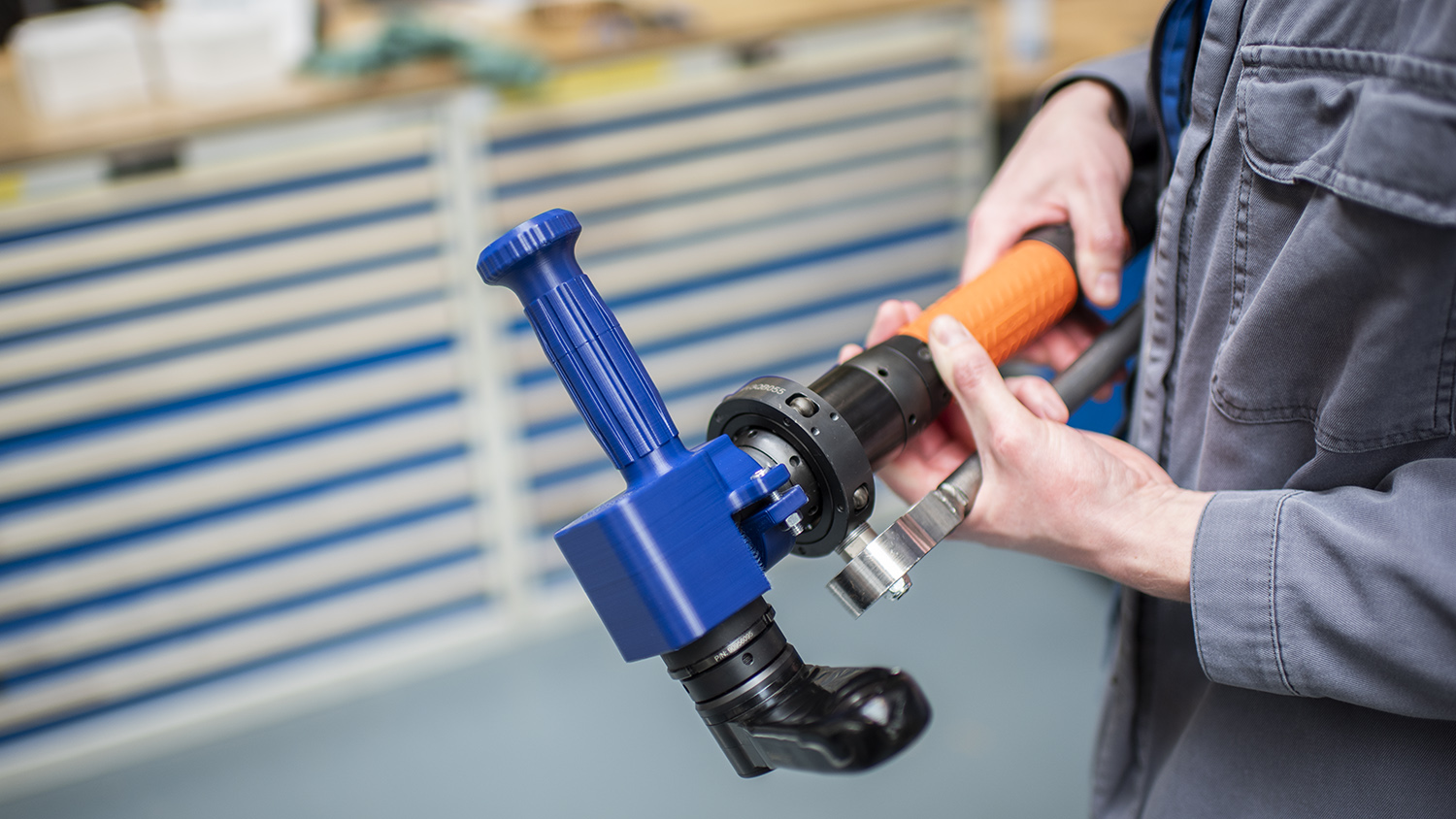
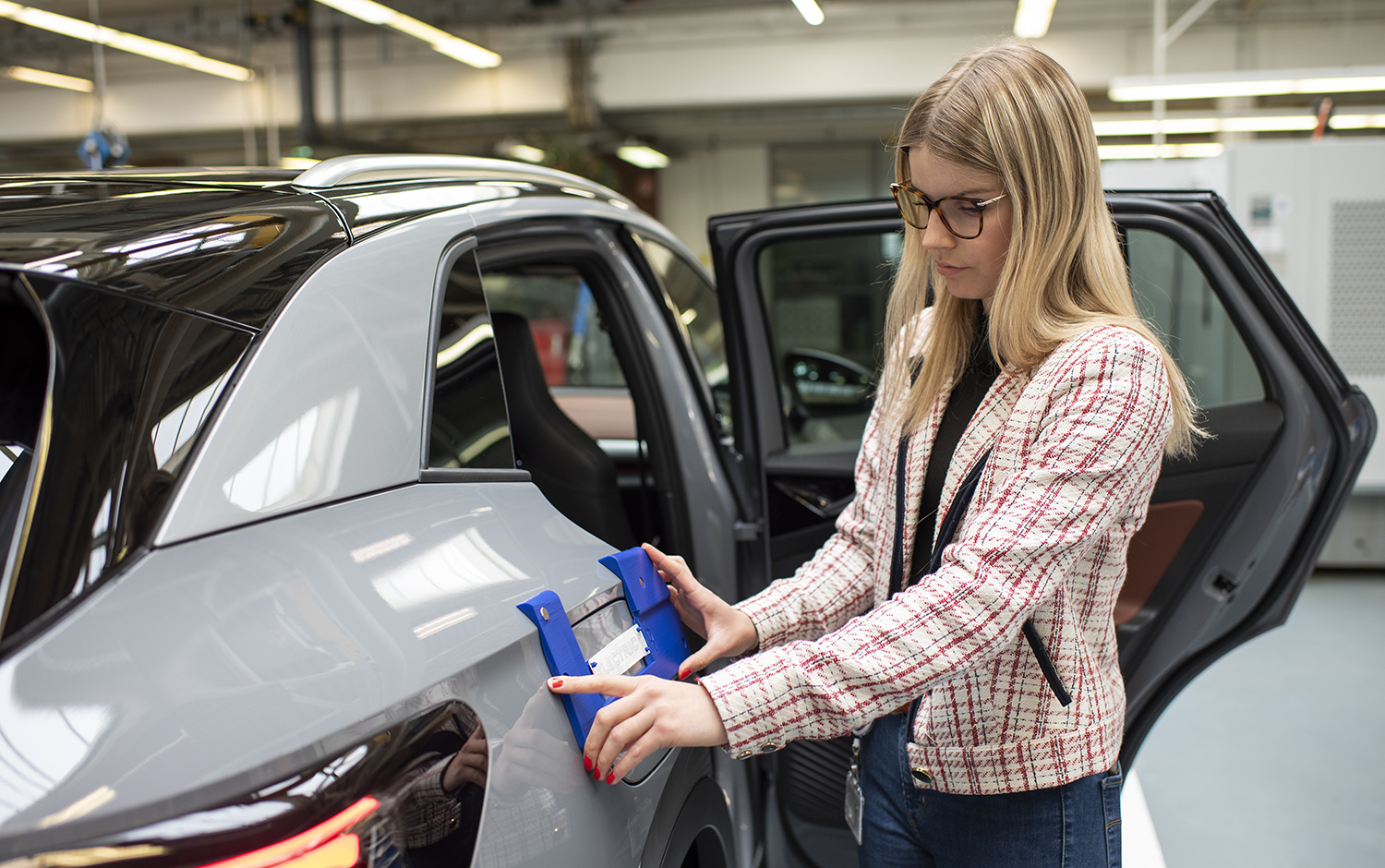
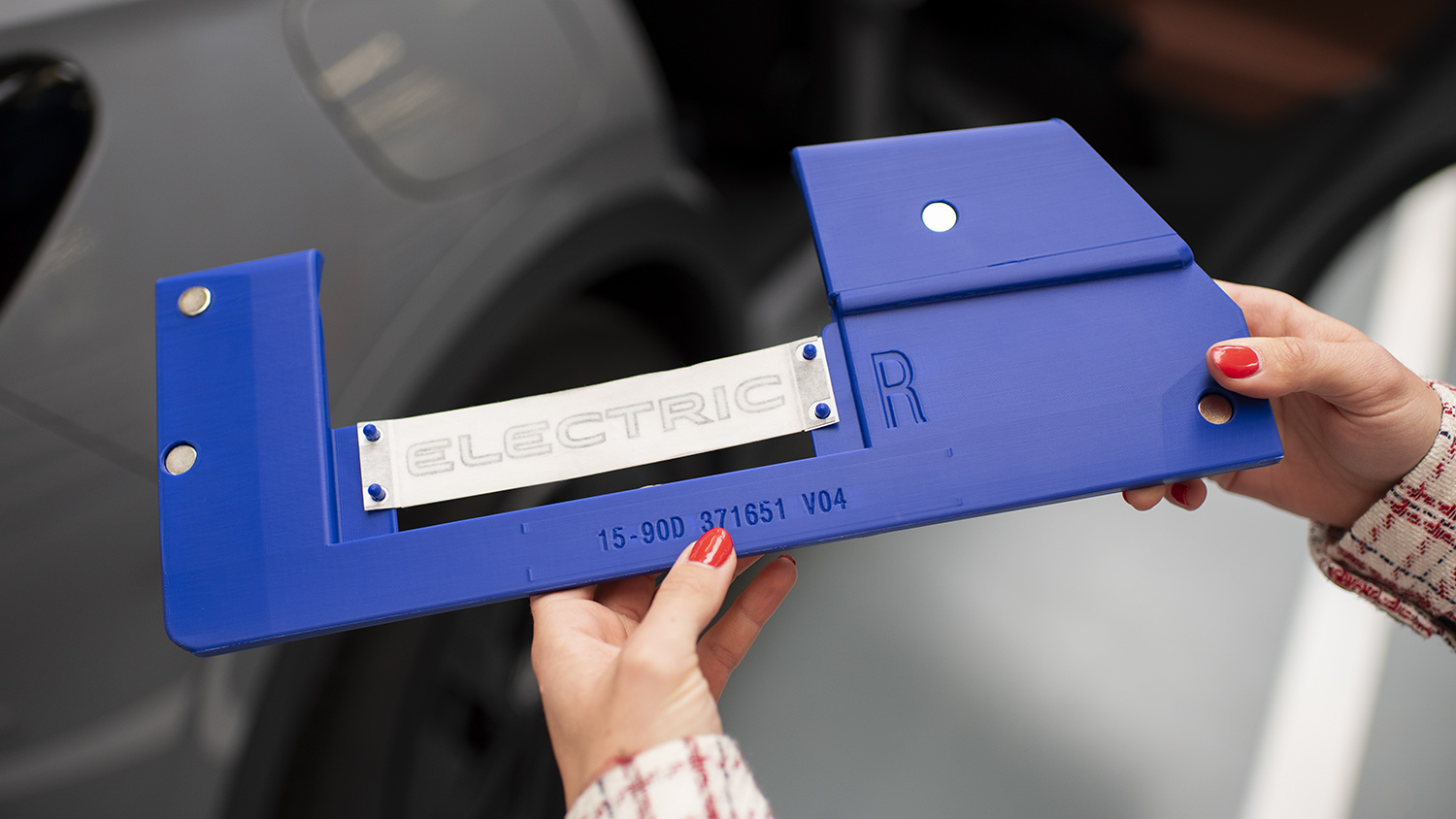
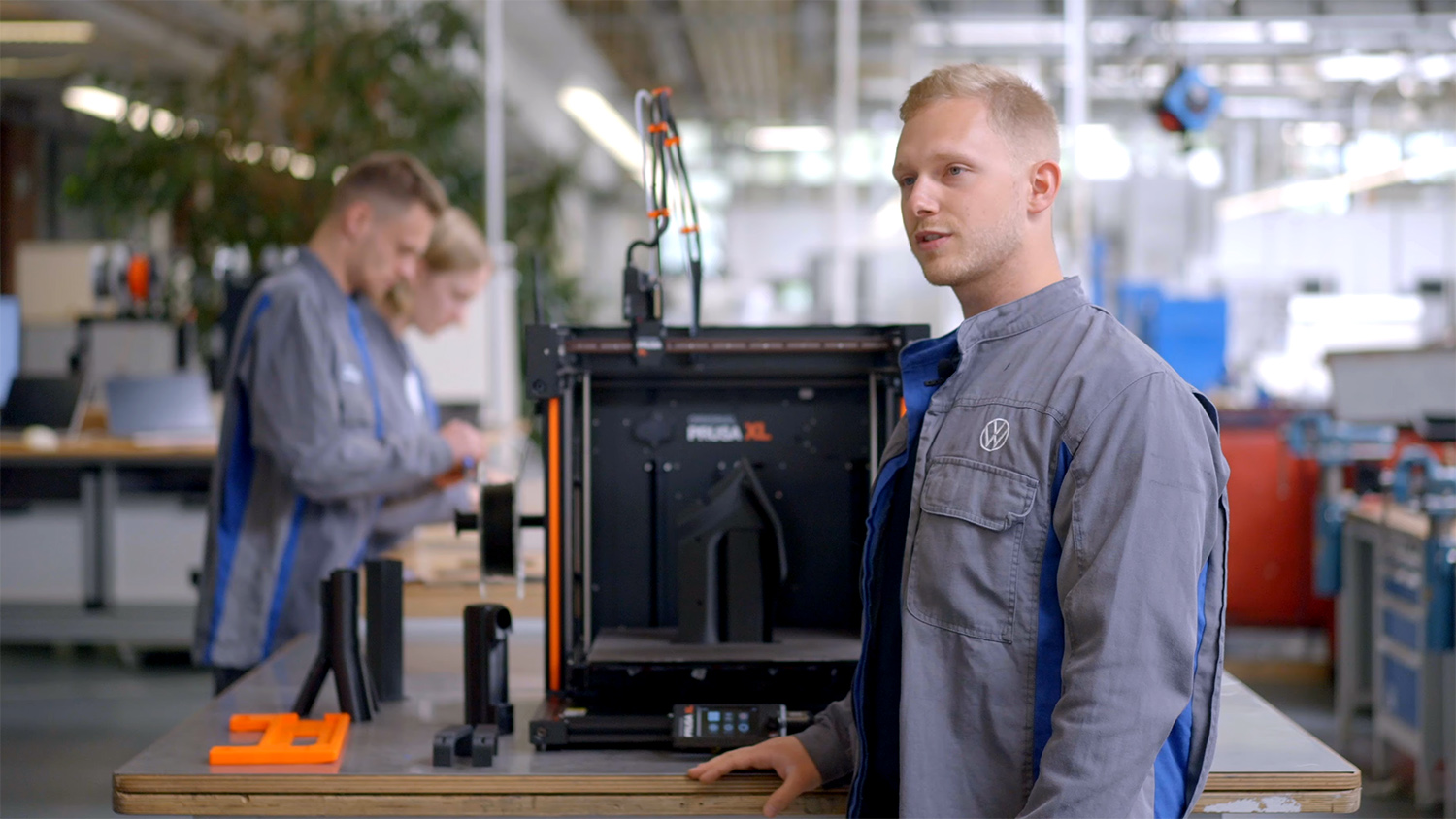
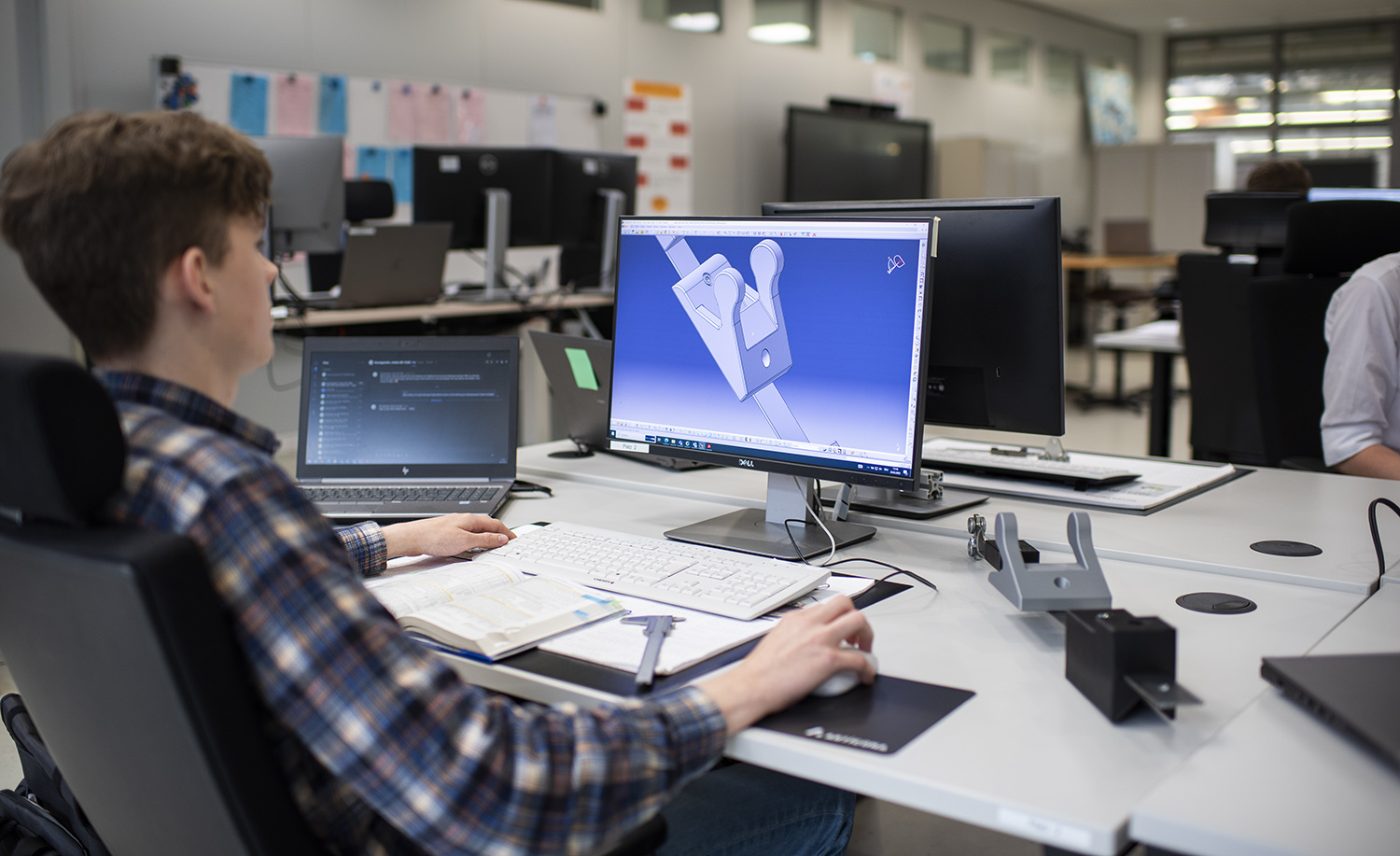
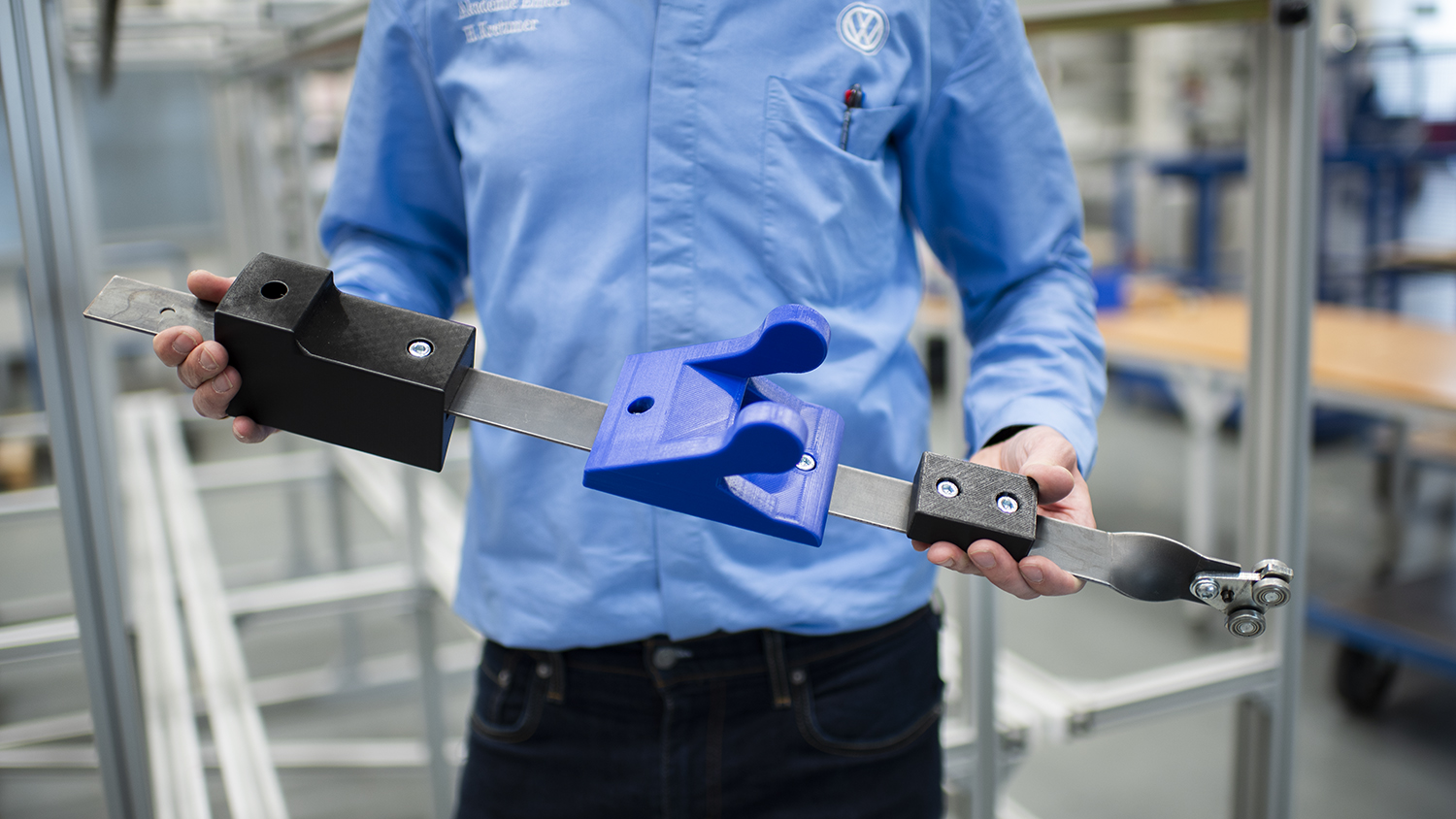
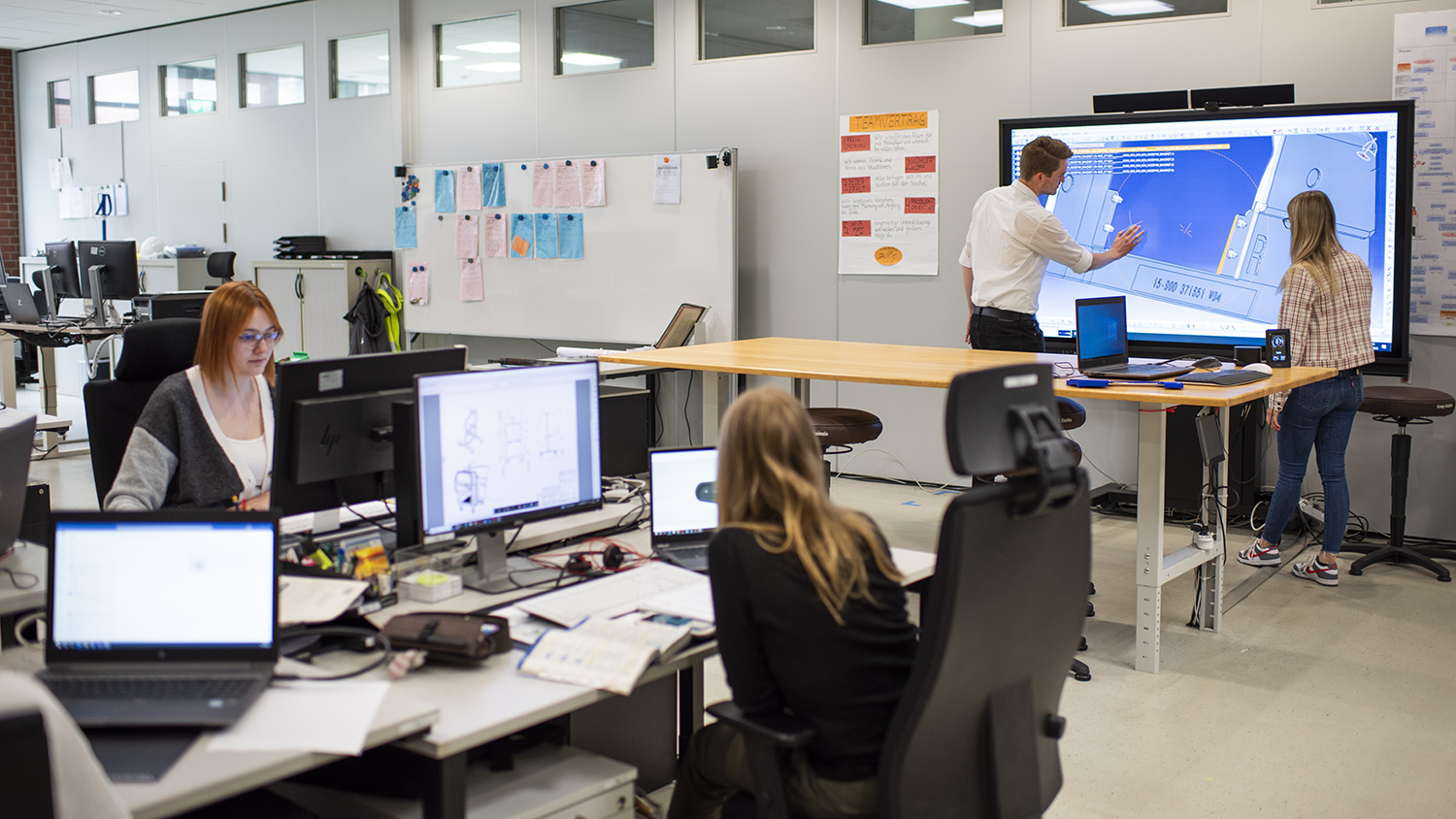
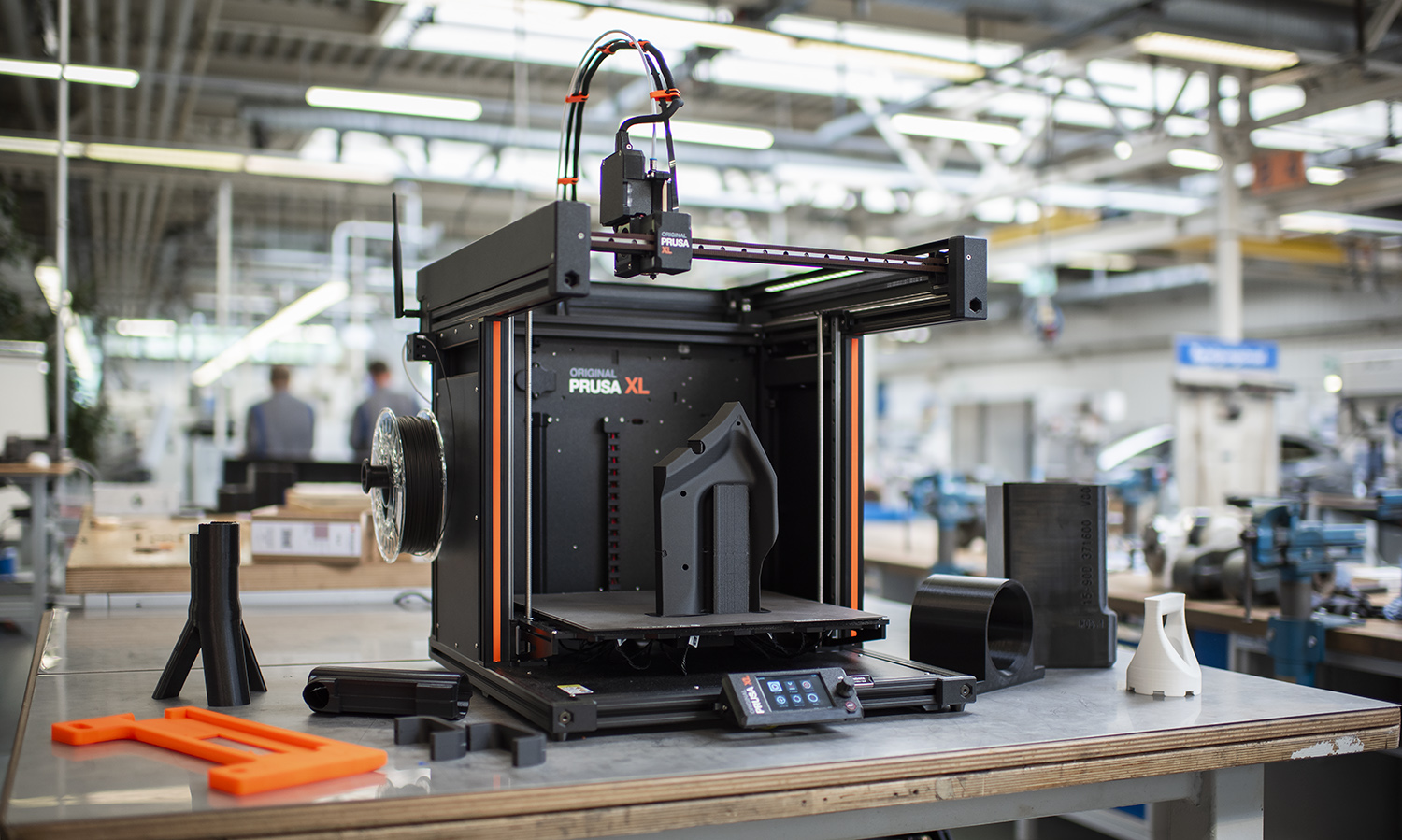
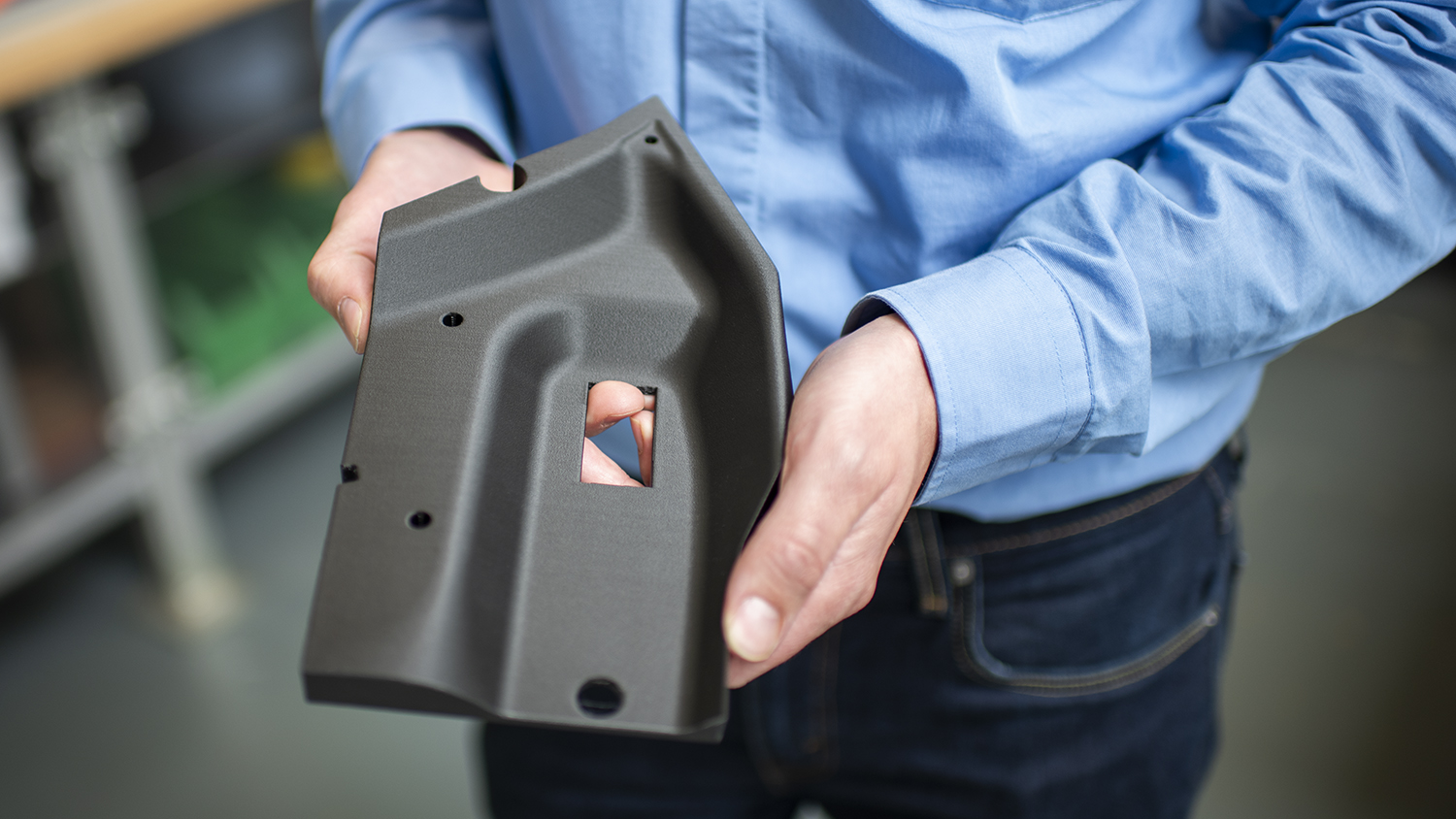
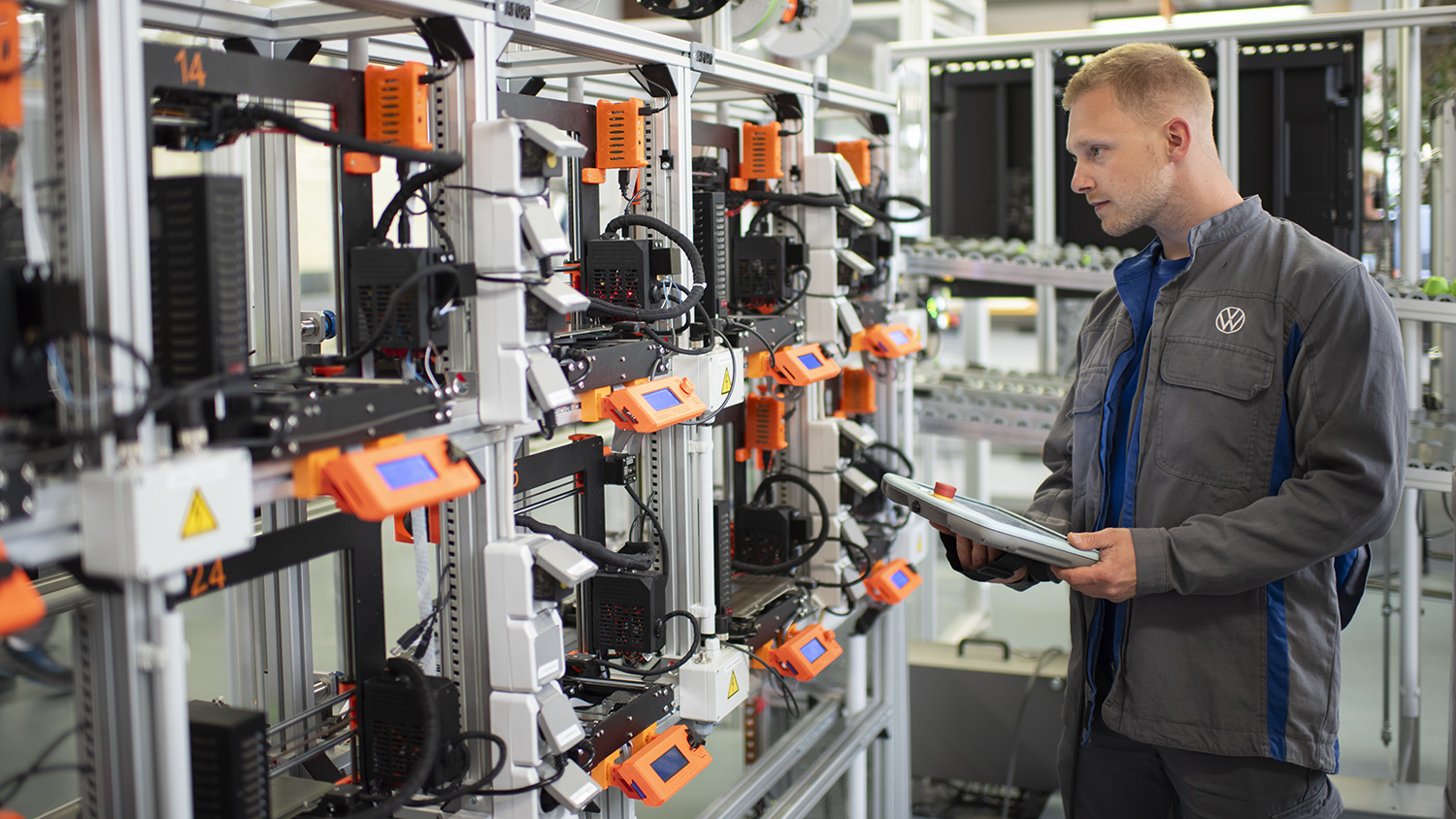
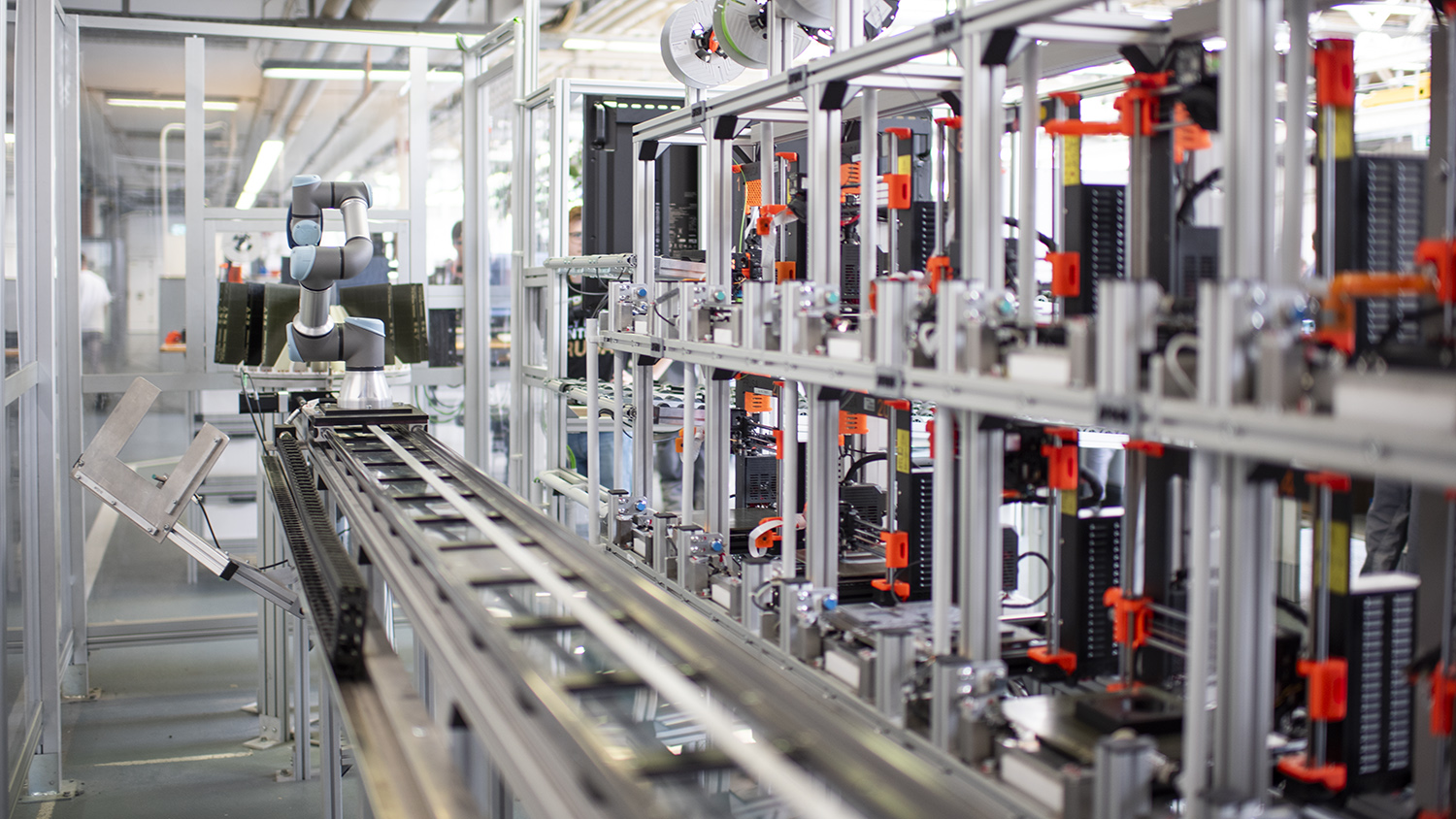

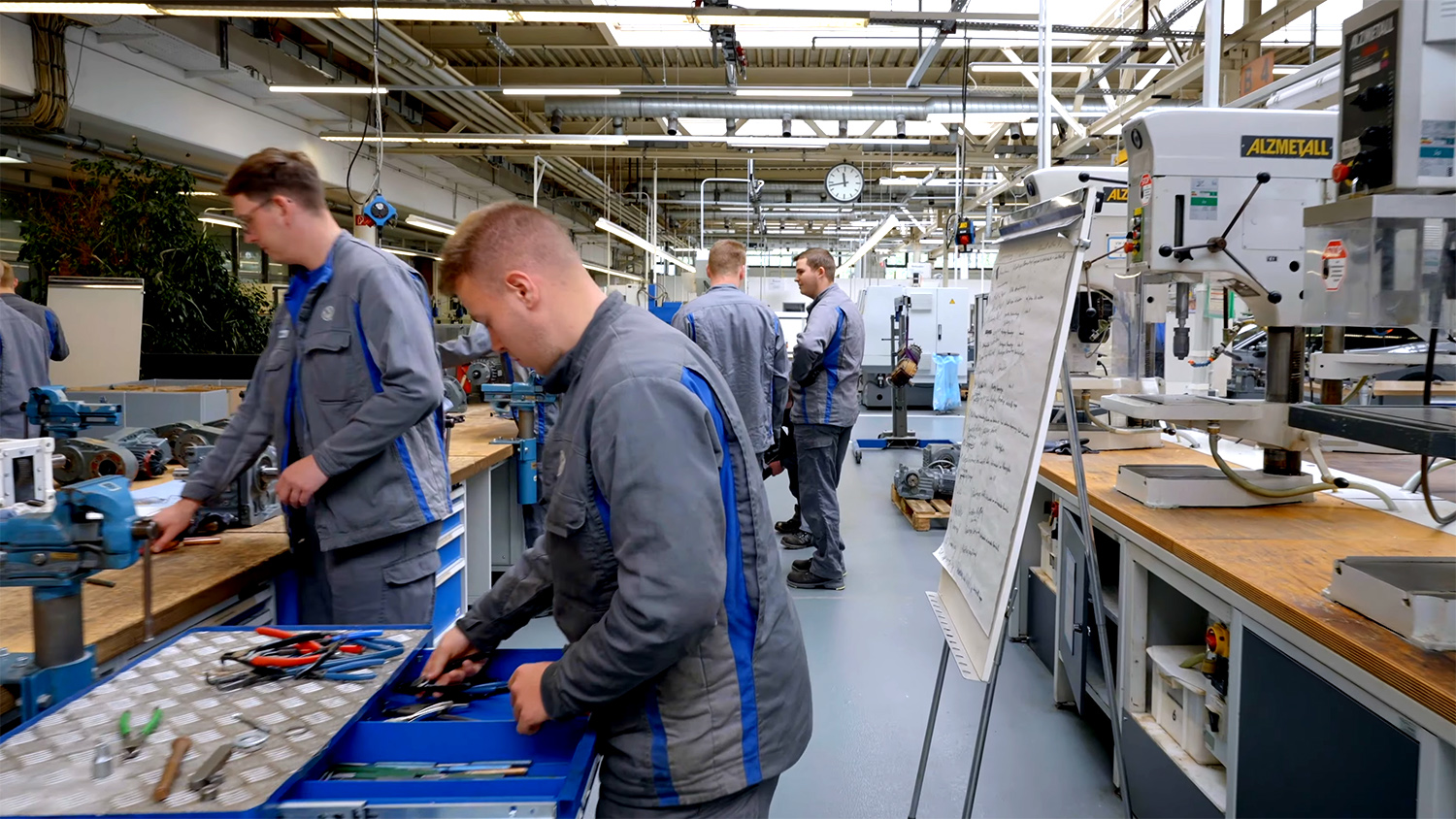
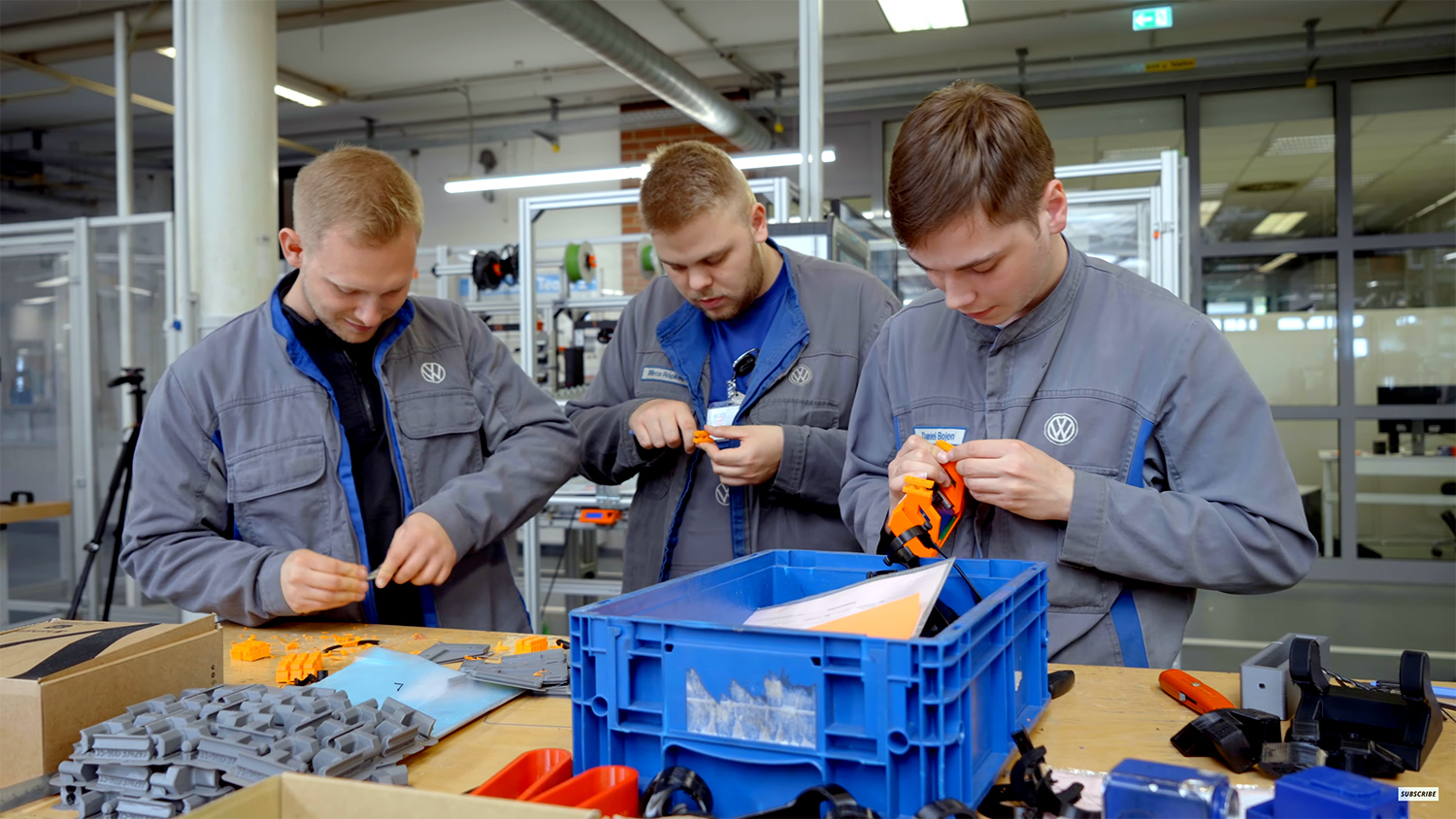
Really interesting article. It would be great if Volkswagen would introduce a Printables Club, similar to Miele‘s Club. There VW could share scale models of their fleet, replacement parts, merchandise or other gimmicks.
I would be happy to join the club! 😃